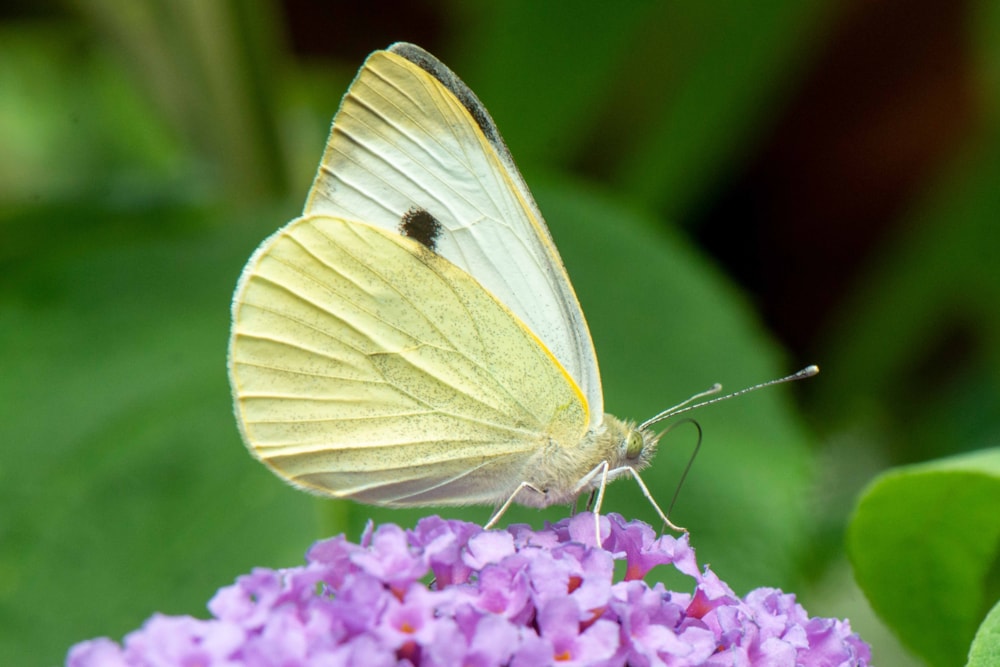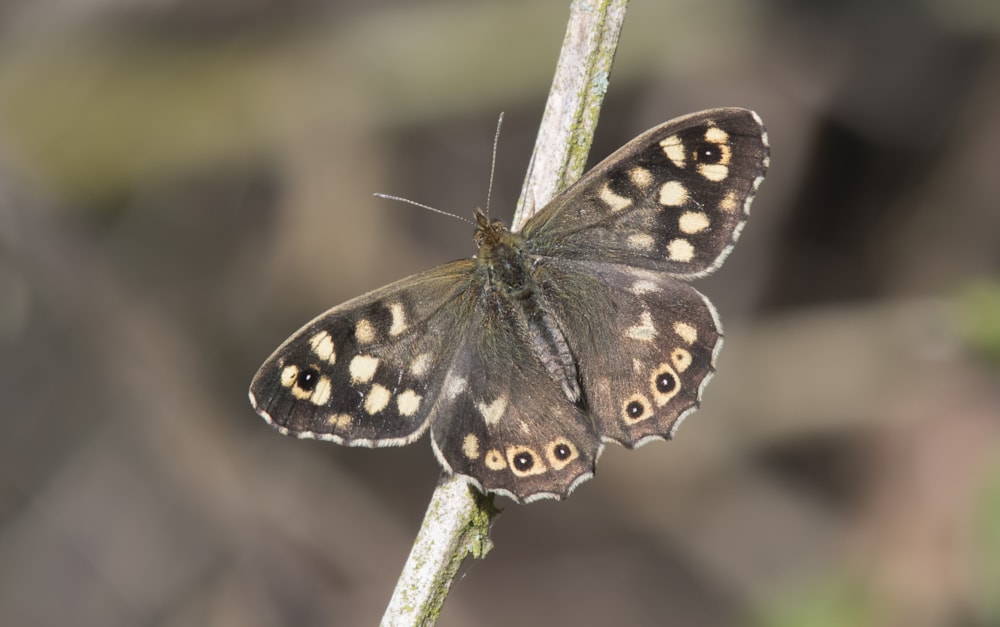British butterfly numbers plummet to new low
Initial results from this year's Big Butterfly Count show that the average number of butterflies logged per count has decreased by a third in comparison to 2019.
Furthermore, this means that the average number of butterflies recorded per count this year is the lowest level since the annual event began 11 years ago, sparking concern among conservationists that Britain's butterflies continue to decline.

Red Admiral was one of the species that did poorly in 2020, with numbers down more than 40% on 2019 (Jane Rowe).
Dr Zoë Randle, Senior Surveys Officer at Butterfly Conservation, which organises the citizen science project, said: "Coming so shortly after the recent WWF and UN reports on the global biodiversity crisis, these 2020 results illustrate the perilous state of wildlife in the UK.
"The fall in butterfly numbers this summer may be due to a number of factors. An unusually warm spring led many species to emerge earlier than usual. So we may have only caught the tail end of the flight period for many species during this year's Big Butterfly Count. It's important to look at butterfly trends over longer periods, so our scientists will be using these results alongside our other datasets to get a clearer understanding of what is happening."
Encouragingly, 2020's count did however see the highest number of butterfly sightings ever submitted by the general public, with 111,628 participants submitting a record-breaking 145,249 counts this year – an increase of 25% on 2019. It seems that, in a very dark and challenging year, the opportunity for getting out into nature and helping as citizen scientists was very welcome to people who were able to participate in the Count this year, and Butterfly Conservation is thrilled the event was enjoyed by so many people.
Dr Randle added: "The fact that so many people take part in this exciting citizen science initiative is encouraging and makes a huge difference to our understanding of how the natural world is responding to the crisis it is in. Now we need to see initiatives both here and across the world to put nature on a path to recovery."
Two species that did do well this year were Large and Small Whites. In fact, Large White was 2020's most abundant species – more than 268,000 were counted, representing a 44% increase on 2019. Small White was up 7%. Other winners this year included Holly Blue (up 48%), Small Copper (up 40%) and Common Blue (up 9%).

2020's real winner was Large White, which was up by 44% (David Lord).
However, many familiar favourites were significantly fewer when compared to their 2019 showings. Peacock and Small Tortoiseshell were down 42% and 41% respectively, while Red Admiral, Speckled Wood and Green-veined White numbers were each reduced by a third. After a superb year in 2019, Marbled White sightings declined by 38% this summer.
Painted Lady sightings were down a monumental 99% on 2019, but too much shouldn't be read into this given last year's exceptional influx. Similarly, Silver Y, a migrant day-flying moth, was down 70%.

Speckled Wood was down by a third on its 2019 showing (Bob Eade).
Butterflies and moths are incredibly valuable indicators of the health of our environment. Their declines show not only the effects of human behaviour on the world around us but also the changing patterns of our weather. As well as being important and beautiful creatures in themselves, they play key roles in the ecosystems of birds, mammals, invertebrates and plants as food, population controllers and pollinators. Their conservation is vitally important.
Julie Williams, CEO of Butterfly Conservation, commented: "A huge thank you to everyone who took part in the Big Butterfly Count this year. This important data is so valuable to our ongoing and vital research helping us to understand what is happening to our butterflies and moths so we can take focused action to protect these fantastic insects and conserve them for future generations."
Find out more about Butterfly Conservation at butterfly-conservation.org.

